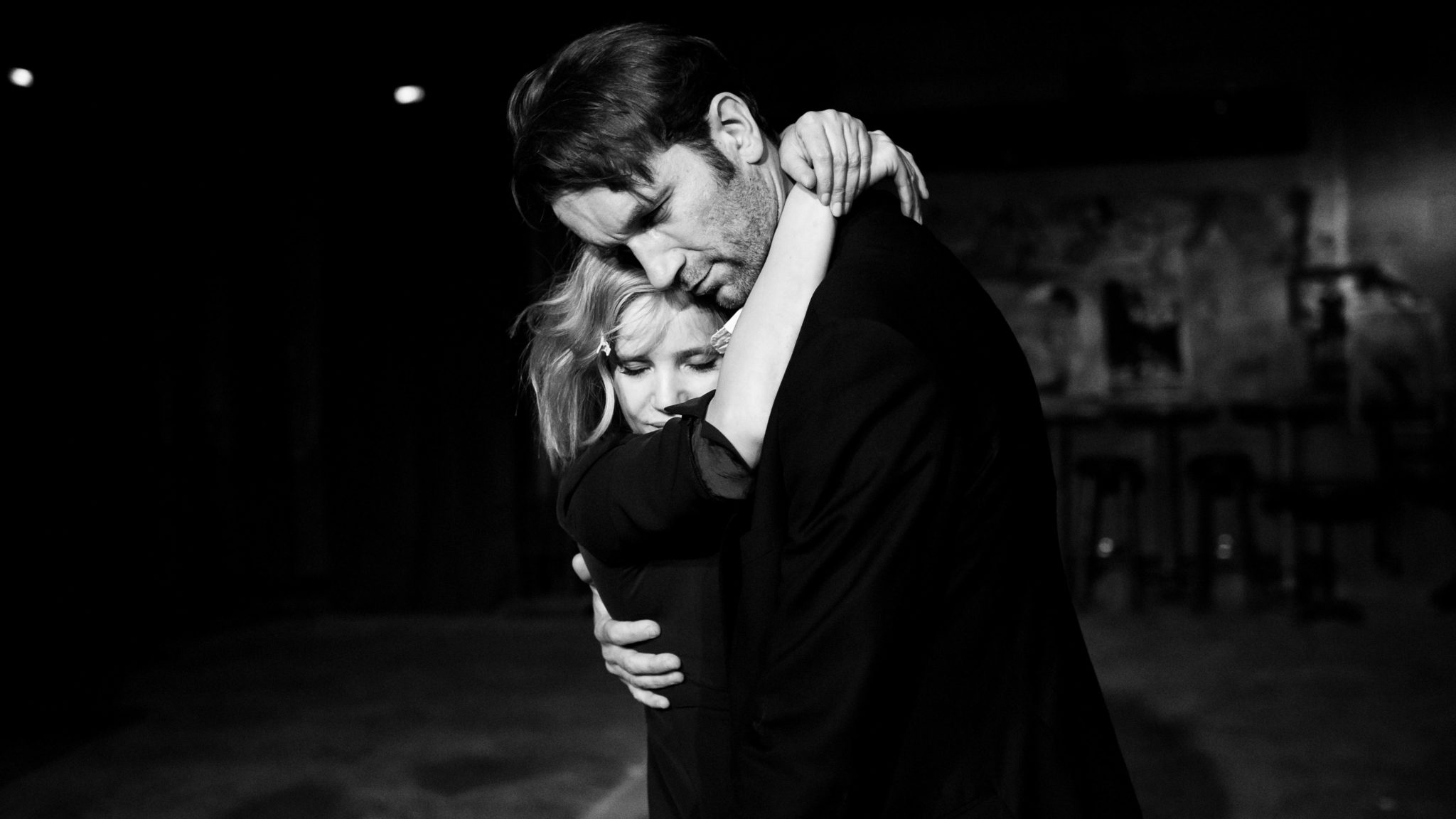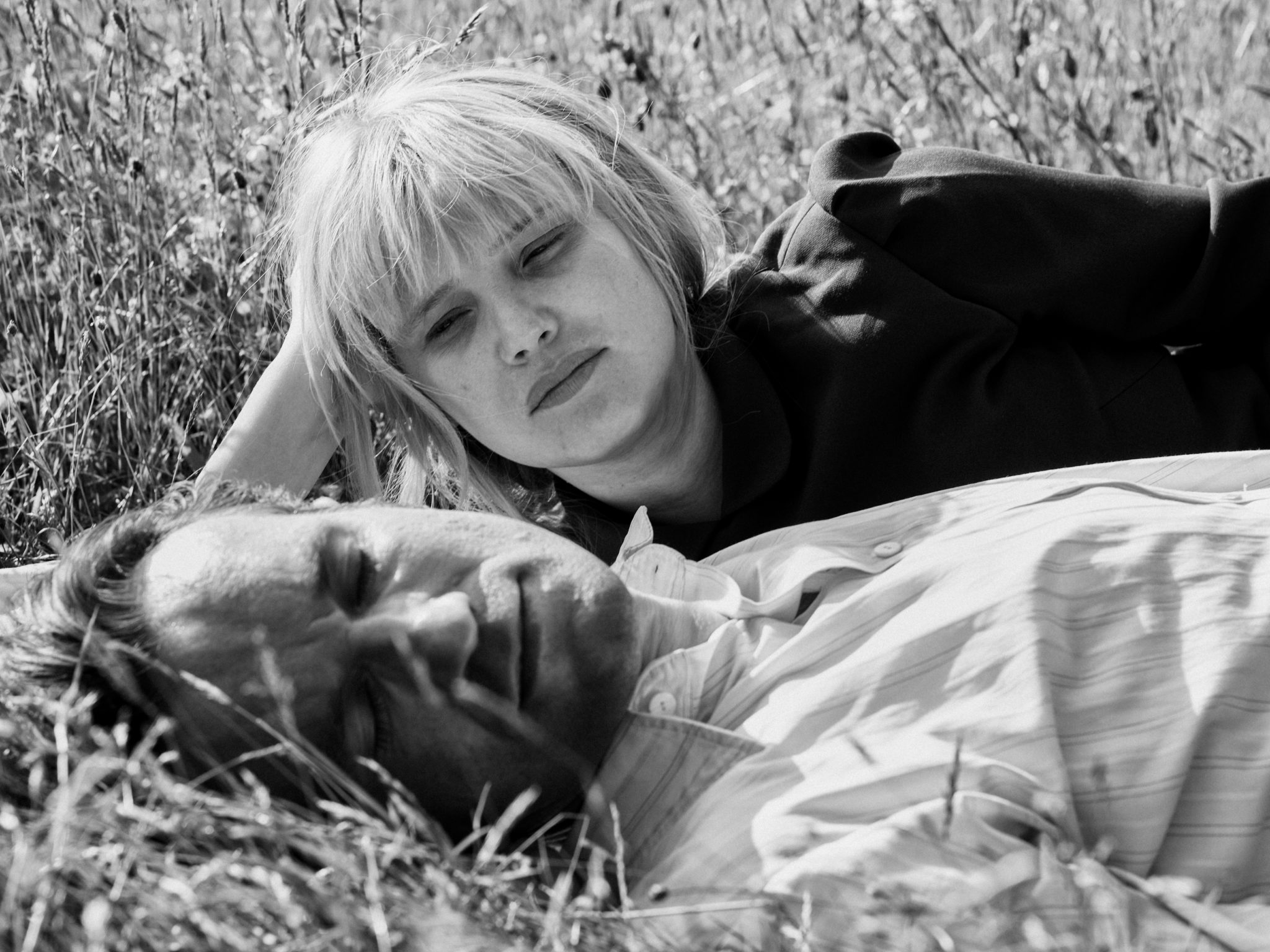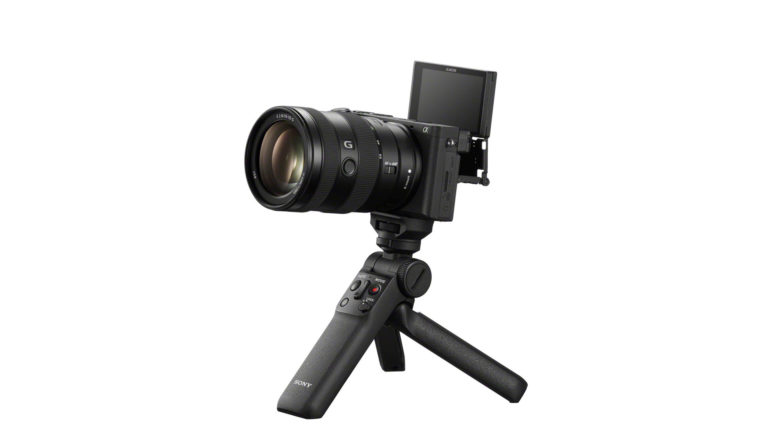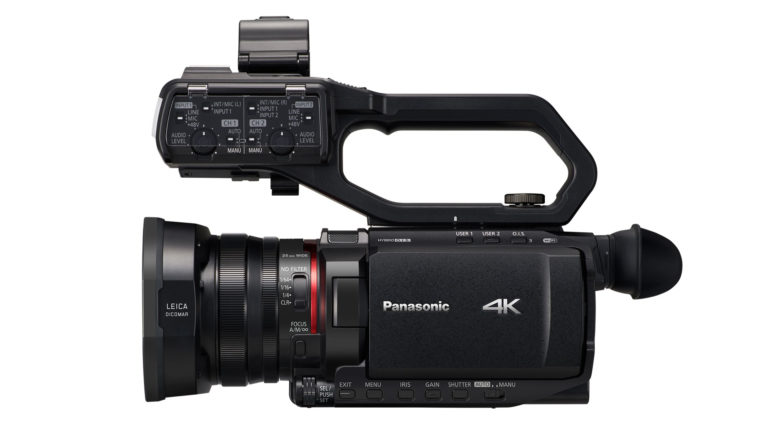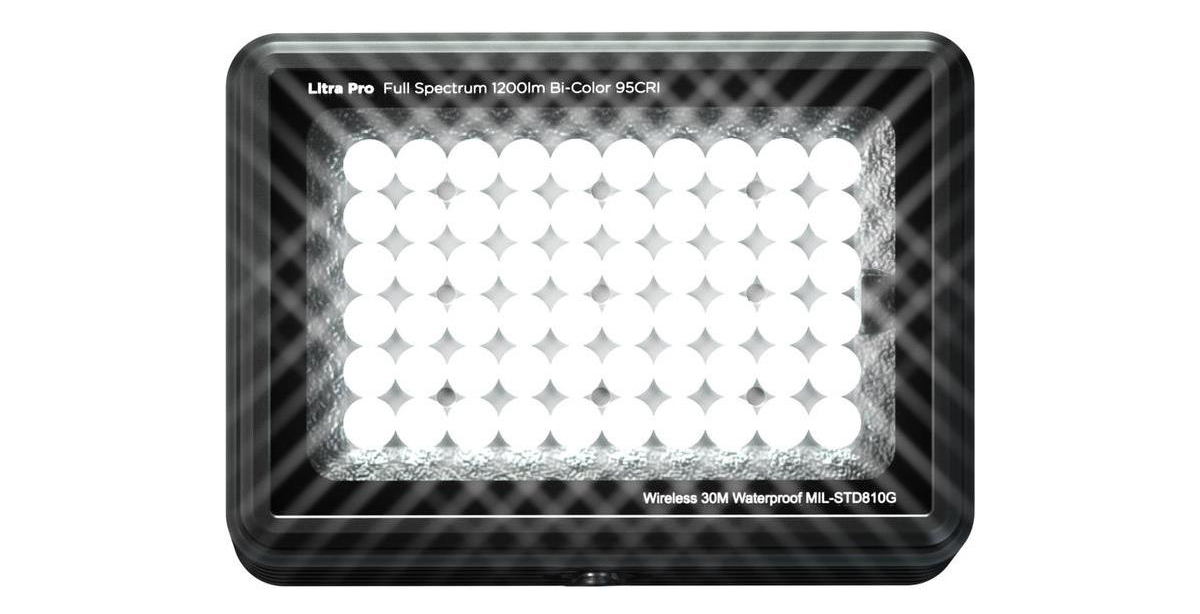Cold War, the second Oscar-nominated Polish-language film from director Pawel Pawlikowski, is a cool, black-and-white shapeshifter that radiates with heat. It’s personal for Pawlikowski, who explores a version of his parents’ post-WWII love story on screen. Expanding on a style of framing first developed in Ida (2013), Pawlikowski and his cinematographer Lukasz Zal construct a saturated, sensual story that uses different styles of music and technique to propel the characters on their complicated dance through love and time. Pawlikowski and Zal have also received Academy Award nominations for the film.
Zal’s own path took a sharp turn when he went from being a camera operator to the DP after Ida’s original cinematographer, Ryszard Lenczewski, took ill during production. We spoke to Zal, who this weekend won the American Society of Cinematographers Award for a theatrically released feature film, about what he learned from that trial by fire and how he and Pawlikowski, shooting color-for-black-and-white with the Arri Alexa XT and building shots with Wellesian depth, created Cold War’s landscape of desire across Paris and communist Poland.
StudioDaily: How did stepping up to lens Ida literally change your career overnight?
Lukasz Zal: Doing that film completely changed my life. Up until that point I had been shooting commercials, and I really wanted to be shooting features. I was really struggling and working so hard and thinking that maybe I needed to change something because I wasn’t getting the jobs I wanted. I was trying not to think about the money, and was doing a little bit of everything, from shooting artistic things to shooting digital documentary shorts and commercials, which gave me a lot of technical knowledge. But I worried I was organizing it all wrong and was just trying to amass shots for my demo reel. I’d even started to think I’d made a mistake. Then suddenly this happened and changed everything for me. When I got the chance to take over for Ryszard on Ida, Pawel and I became very close friends very quickly. We drove together to set every day so we could get there early and find camera angles. And we spent a lot of time together after shooting, looking at images and prepping for the next days. We instantly connected and talked constantly about other films and how we were going to shoot each scene. I suppose I should have been intimidated or nervous, but I was just so happy to be in a constant state of creativity and exchange that there wasn’t any time to feel that way. I never slept so good when I became a DP. Before that, I was tired all the time, but finishing Ida, I was sleeping like a baby.
What did you learn from that experience?
I learned so, so much from Pawel, not only about the image but watching how he works with people and how he is always trying to capture a piece of life, whether it is something straightforward or something very ambiguous. When shooting Ida I realized that preparation is crucial, but the most important thing is just to be very aware and very open. It’s a good thing I was sleeping so well because I knew that as a DP I had to be in a good psychological state and be open to everything that happens on set, observing it all for each 12-hour day. The life of any film happens there, and only when you are fresh and open to it can you capture it. That experience for me was so magic that I wasn’t even thinking about what could happen once the film was finished. When it started winning awards and I was nominated for an Oscar I was completely unprepared for that. I loved the movie and I loved the story and this way of working so much that I really didn’t expect anything else after that.
Cold War is a very different film. How did you and Pawlikowski approach it?
First of all, we had so much more time, like about a half a year, to prep, which we didn’t have for Ida. But we also wanted to come up with a very different visual style for this film, even though we were once again going to shoot in black and white at 4×3. We spent a lot of time going through the script and looking at references and thinking about images and angles. There was some talk that we would maybe shoot 35 but we realized that would cost much more and he would give up a critical control of the images that just wouldn’t work for this film. We had to shoot digital and, once we started shooting, we were both just sitting by the monitor and treating the image like a painting: putting things in and taking things out, calibrating, etc. It’s a constant process and we liked working that way, so we realized we needed to shoot digitally. On our large monitor we can see everything and apply look-up tables as we go. It’s more comfortable and it’s a very symbiotic way of shooting. I was always with Pawel on rehearsals and I took a lot of pictures, looking for angles in the locations. It was a complex time. For Cold War we wanted higher contrasts, much more movement overall and to base the entire thing on two types of camera movement. Pawel’s idea was to have quite high contrasts but we also wanted to make these contrasts change in style throughout the film. We started the film not so high and later, when they become lovers, the contrast increases. We knew at the beginning that high contrast is the best solution for a story about the changing emotional temperatures of our characters. We also did it between scenes, contrasting very white scenes with dark ones. It was a way for us to convey the tumultuous nature of their love story.
How did you also do that with the framing choices?
We developed in Ida this kind of poster storytelling, where you treat the image a little bit like a tableau or a painting, and that can add another emotional layer to the story. But we also knew we would shoot everything in one or two shots, so we wanted to combine the people and places and put them in context, so that is why we place the camera high and compose everything in depth. We use this headroom and this space and build as many layers as possible within that depth as possible. We wanted every single frame to speak to this sense of place, but also to speak to what is just beyond the frame, to create the sensation of entire worlds. We didn’t just want wide shots and close-ups but wanted to combine everything in one shot. It was like building everything in a box and synchronizing all those layers and elements within one perfect shot. Also, using an academic aspect ratio like 4×3 and thinking about the shot like a poster or a painting that had depth really helped us play around with the composition. We tried to come up with more a emotional and symbolic composition, which I think we would have been harder to pull off in 16×9.
Why?
Beyond the fact that 4×3 ties us to the period in which the film takes place, I think 16×9 forces you to place people in the golden point and compose that way, and we wanted to reveal the world we are creating not in width but by using a very deep depth of field. Then, with little pans, we can reveal more of the scene. Also, heads are much more interesting than bodies, so when you put a head in the bottom part of the frame, behind it are all those other elements of the world these characters inhabit. If we had used this two-shot style in 16×9 you would have just two heads. But here there is their world behind them. It really allows us to play with composition in unique ways as well. We were very well prepared and we knew what we wanted but we would often make crucial decisions in the moment when looking through the camera on set. Sometimes, when we discovered something new, it was completely unexpected. There is definitely something so interesting about this format; it freed us from relying on those standard framing tricks and forced us to think about composition in new, and not obvious, ways.

Zal says using a traditional 1.37 :1 aspect ratio actually let the filmmakers get more creative with their framing choices.
Why don’t more filmmakers experiment with this aspect ratio, do you think?
I think there is a commercial limitation, for sure. I also love anamorphic and other widescreen formats but, to me, 4×3 lets you be more creative. I don’t think it’s harder to work in necessarily; maybe it is sometimes because it requires a different way of shooting. Many films shot in 16×9 rely on wide establishing shots and then shot-reverse shot. That doesn’t work very well in 4×3. But when you are doing everything in one or single shots, 4×3 works perfectly — especially if you want to build your space in depth, like Welles did in Citizen Kane. But that being said, every story needs its own format. That’s why I like wide formats. In a Swedish film I just did, for example, I treated anamorphic completely differently. The interior shots were very suffocating, and the frames were very tight. Everything depends upon the story and the idea of how you’re going to film it.
Can you tell me more how you played with the film’s catalog of contrasts on set and in post, since I’m assuming you shot in color with the Alexa XT?
We developed quite good lookup tables as we watched the images on our black-and-white monitor, so things looked pretty close to the final grade that you see. But of course, we graded in color and sometimes we were using the color like you would use photographic filters to black and white. We were able to manage the colors and also change contrasts between colors, which was sometimes helpful.
Were you ever worried about how you would pull this off?
I was a little bit afraid at the beginning of this idea that the style would evolve throughout this film, and I was really thinking a lot about how it would work. I knew it would be the most challenging thing we were attempting to do: start off with a kind of documentary style and then move into something much more stylized and eventually more narrative. Again, the goal was always to make the changing style work with the story. I knew that using all those tools, like lenses and camera movement and ways to finesse the image, we could definitely make it work. I’m very happy that those shifting styles really worked so well for our characters and somehow conveys the drama and mood.

In the Paris scenes, Zal narrowed his lens and intensified the contrasts with concert-style front lights.
How did your lenses help you tell this story?
We used [Cooke S5 and Zeiss] Ultra Primes, which I really love because they are very neutral and don’t have any blurs, distractions or distortions. We did start very wide to expose where we are and when in Poland. When they come together we just follow them. When they get to Paris, the lens becomes more narrow and the depth of field also changes, because she begins suffocating in the relationship. Paris around them is a blur; the city is like a trap for her. We don’t need to see it because they don’t see it. We made the lenses wider at the end because they are coming back to Poland and becoming part of the landscape once more. It’s not just about them anymore, but something bigger.
What references would we be surprised to learn influenced your shots in Cold War?
Of course we watched Godard and Tarkovsky and Citizen Kane and Casablanca, but for me, in terms of contrast and grain, photographers like Helmut Newton and Ralph Gibson were so important. Helmut Newton, in fact, helped me realize that I needed to light my shots with a kind of concert lighting, with a lot of front lights. That means we needed to have a lot of contrast in production design. Newton used a kind of a beauty light but the image itself had a lot of contrast due to the production design itself. That’s where the half year of planning came in: we were very slowly developing this movie by putting those images together practically and technically and taking a ton of pictures as we tested things. But we also found so many new things that expanded on those ideas on set with the cast and crew. Often they were not intellectual but intuitive, and I think that’s beautiful. I love making a film like this where you discover these things throughout the entire process. I think that’s amazing when you are simply observing and you just allow yourself to follow what the film yells to you.
You recently took home a Silver Frog Camerimage award, even beating Alfonso Cuarón for his work on Roma. What does that mean to you?
It’s like a dream come true and truly amazing to get that kind of award from other cinematographers. We put so much heart into this movie and, to me, it’s also a confirmation that when you do that and put a lot of yourself into what you’re doing, it makes such a difference. That makes me so very happy.
Crafts: Shooting
Sections: Creativity Technology
Topics: Article Subject 1.37:1 academy ratio alexa xt ARRI Camerimage color for black and white Cooke Optics Cooke S5 Ultra Primes Godard Helmut Newton luts oscars 2019 ralph gibson Zeiss Ultra Primes
Did you enjoy this article? Sign up to receive the StudioDaily Fix eletter containing the latest stories, including news, videos, interviews, reviews and more.
